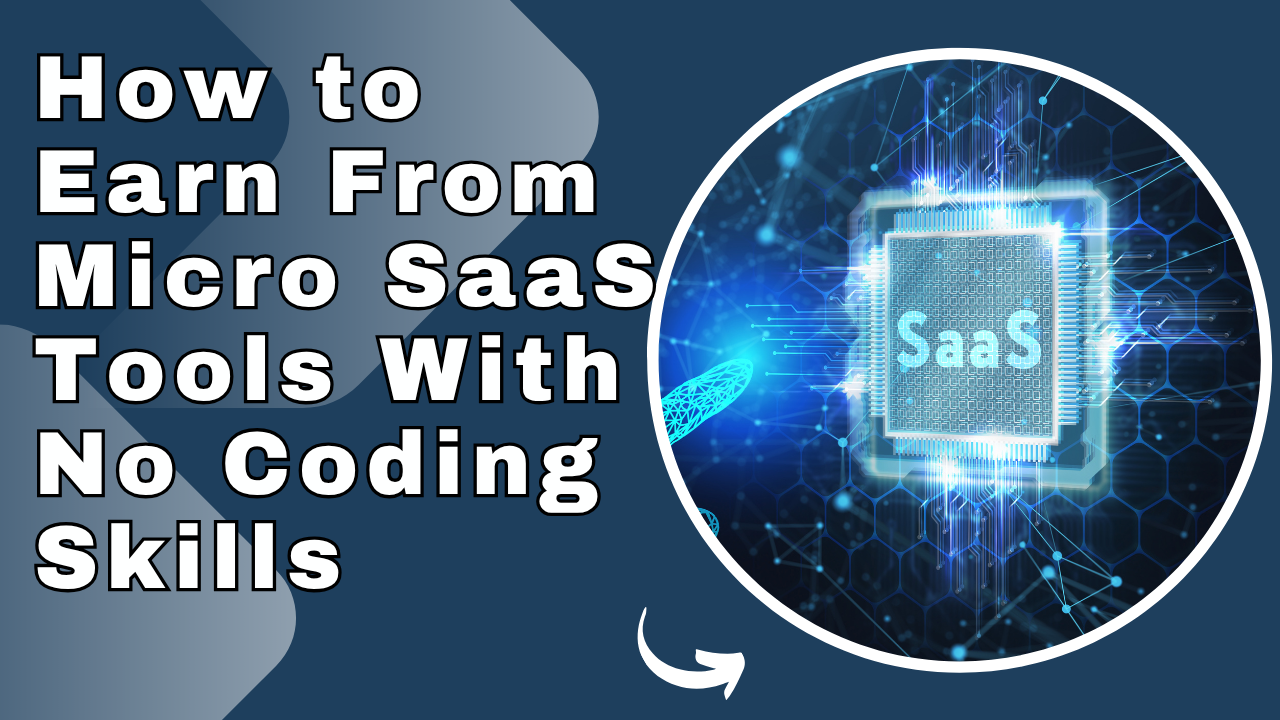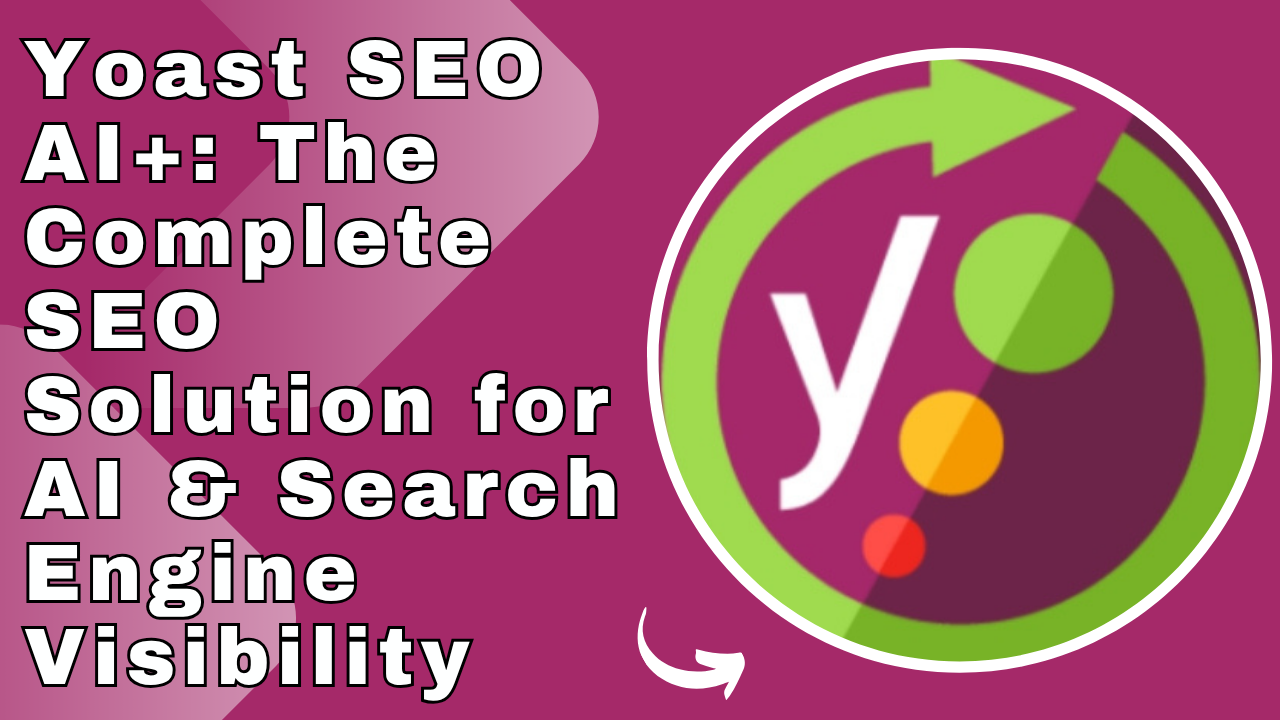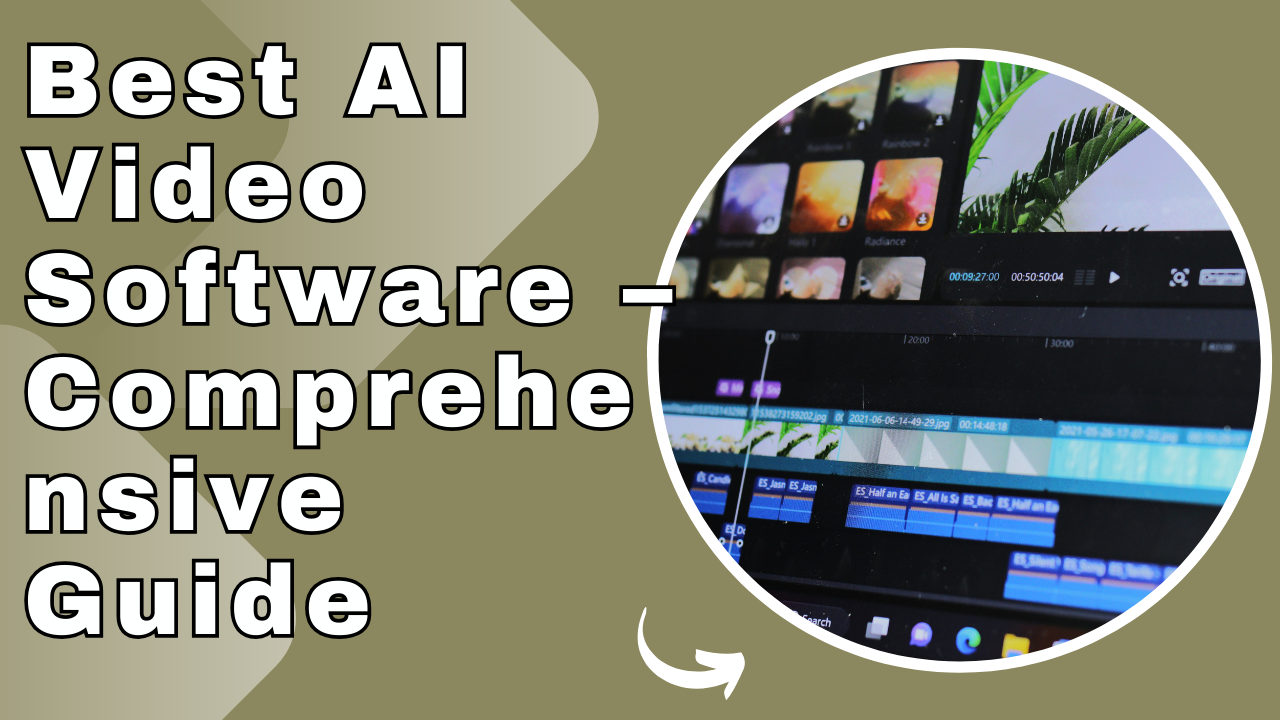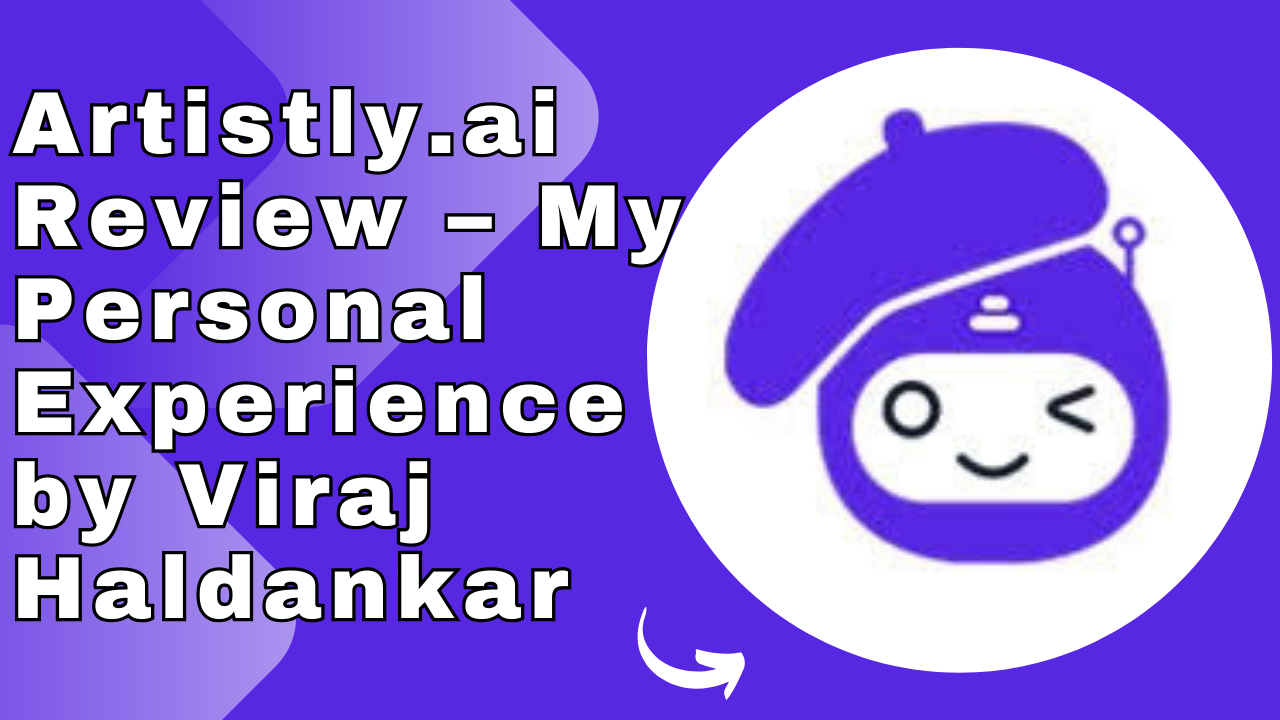The world of online business has evolved dramatically. Today, you don’t need to be a software engineer or technical genius to create profitable digital products. Thanks to the rise of Micro SaaS tools and no-code platforms, almost anyone can build software solutions that generate consistent income — even without writing a single line of code.
If you’ve ever dreamed of launching your own software-as-a-service (SaaS) business but felt held back by a lack of technical expertise, this guide is for you. You’ll learn how to identify opportunities, create functional tools, and turn your ideas into income streams, all with the help of easy-to-use no-code builders.
What Are Micro SaaS Tools?
Micro SaaS tools are small, focused software solutions designed to solve specific problems for a niche audience. Unlike large SaaS companies that manage complex systems, a Micro SaaS focuses on simplicity, automation, and profitability with minimal maintenance.
For example, instead of building a full CRM system, a Micro SaaS might just handle automated email follow-ups, social media scheduling, or report generation. These tools often serve freelancers, marketers, eCommerce sellers, or small businesses who want efficient, affordable solutions.
Key Characteristics of Micro SaaS
- Small Scope: Each tool focuses on one core feature or solution.
- Low Overhead: Minimal setup costs and operational expenses.
- Automation-Driven: Once built, most tasks run on autopilot.
- High Scalability: Easy to grow with more users or subscriptions.
- No-Code Friendly: Many Micro SaaS projects can be built using drag-and-drop platforms.
Why You Don’t Need Coding Skills
In the past, launching a SaaS product required developers, servers, and months of coding. But now, no-code tools have completely changed the game. These platforms allow you to create software visually, using templates, logic flows, and prebuilt integrations.
Popular No-Code Platforms
- Bubble – Perfect for web-based SaaS applications.
- Adalo – Excellent for building mobile SaaS apps.
- Glide – Turns Google Sheets into powerful apps.
- Softr + Airtable – Great for building MVPs and internal tools.
- Zapier / Make – Automate workflows and connect apps without code.
With these tools, you can design, test, and launch your Micro SaaS ideas in a matter of days. They handle the backend logic, database management, and integrations, leaving you free to focus on business growth and marketing.
10 Ways to Earn from Micro SaaS Without Coding
Building a Micro SaaS tool is just the first step — the real success lies in monetizing it effectively. Here are 10 proven ways to earn money from no-code SaaS products.
1. Create Subscription-Based Tools
The subscription model is the most popular monetization method in SaaS. Users pay a recurring monthly or yearly fee for access to your tool.
Example: A simple email tracking app that charges users $10/month can generate thousands in passive income with a few hundred active users.
2. License Your Micro SaaS to Businesses
Instead of selling individual subscriptions, you can license your tool to companies. This works well for niche tools designed for specific industries. You get predictable, long-term income while your clients get a fully managed solution.
3. Sell Lifetime Deals on Platforms Like AppSumo
Platforms such as AppSumo allow Micro SaaS creators to sell lifetime access deals to thousands of users. It’s a great way to get exposure, collect feedback, and build an initial customer base.
4. Offer White-Label Solutions
White labeling means allowing other entrepreneurs or agencies to rebrand and resell your SaaS. They pay you either a flat fee or a monthly rate, while you handle maintenance and updates.
5. Build Niche Automation Tools
Automation is in huge demand. With tools like Zapier or Make, you can create micro automations for businesses — such as automating lead generation or invoice tracking — and charge users for access.
6. Sell Templates and No-Code Blueprints
If building full SaaS tools feels overwhelming, start by creating templates or prebuilt workflows for platforms like Bubble or Glide. Many creators earn consistent income by selling these templates on marketplaces.
7. Launch Paid APIs or Integrations
APIs are the backbone of many SaaS apps. Even without coding, platforms like Xano or Airtable API allow you to offer paid API access for data or services.
8. Build AI-Powered Micro SaaS Tools
Integrating AI into your SaaS can dramatically increase its value. Using tools like ChatGPT, Hugging Face, or OpenAI APIs, you can build smart tools that generate content, analyze data, or assist users intelligently.
9. Create SaaS Marketplaces
Instead of building one tool, you can build a marketplace of SaaS tools that target a common niche. You earn commissions from listings, subscriptions, or featured placements.
10. Offer Consulting and Automation Services
Once you understand how no-code SaaS tools work, you can offer consulting or automation setup services for others. Many non-coders make more money teaching and setting up no-code systems for small businesses than from the tools themselves.
Real-Life Success Stories
To make this more concrete, let’s look at how real people are earning from no-code SaaS tools.
1. The Solo Founder Behind a Bubble App
A digital marketer with zero coding experience built a client management tool using Bubble. Within months, they reached hundreds of paying users. They handled customer support themselves and reinvested profits into improving the tool — all without hiring a developer.
2. The Freelancer Who Built a Niche Automation Tool
A freelance designer built a small SaaS app that automated client onboarding. Using Airtable and Softr, they reduced their workload while generating passive income from other freelancers who subscribed to use the tool.
These examples prove that you don’t need technical skills — just creativity, problem-solving, and persistence.
How to Market and Scale Your Micro SaaS
Even the best SaaS tool won’t succeed without marketing. To grow your user base, focus on strategies that combine organic growth and word-of-mouth promotion.
1. Content Marketing and SEO
Start by creating helpful blog content around the problems your SaaS solves. Optimize your pages for search engines using long-tail keywords, and link to relevant articles on sites like HubSpot to build credibility.
2. Leverage Communities and Directories
Promote your tool in no-code communities, product directories, and startup groups. Sites like Product Hunt or Indie Hackers are ideal for early visibility.
3. Offer Free Trials or Freemium Plans
A limited free plan helps attract users and build trust. Once users see value, they’re more likely to upgrade to paid plans.
4. Collect Feedback and Improve Continuously
Use customer feedback to refine your product. Even small improvements — like better onboarding or new features — can dramatically increase retention and word-of-mouth referrals.
Common Mistakes to Avoid
While building and monetizing a Micro SaaS tool can be rewarding, beginners often make avoidable mistakes:
- Focusing on Features Over Problems: Always start with a clear problem your tool solves.
- Skipping Market Research: Validate demand before building.
- Ignoring User Experience: Simplicity beats complexity.
- Neglecting Marketing: A great product needs visibility.
- Overcomplicating Pricing: Keep your pricing transparent and value-driven.
Avoiding these mistakes helps you save time, money, and frustration — keeping your project profitable and scalable.
Frequently Asked Questions (FAQs)
1. Can I build a SaaS business with no coding experience?
Yes, modern no-code platforms allow anyone to build functional SaaS applications using drag-and-drop tools and prebuilt templates.
2. How much money can I make from a Micro SaaS tool?
Earnings vary depending on your niche and pricing model. Many creators earn anywhere from a few hundred to several thousand dollars monthly.
3. Which no-code tool is best for beginners?
Bubble and Glide are great starting points for web and mobile apps. They offer tutorials and strong community support.
4. Do I need a big team to run a Micro SaaS?
Not at all. Many successful Micro SaaS projects are managed by solo entrepreneurs using automation and customer support tools.
5. How long does it take to build a Micro SaaS?
A simple no-code SaaS can be built in days or weeks, depending on your complexity and platform of choice.
6. Is Micro SaaS a sustainable business model?
Yes, especially when built around a focused niche and strong value proposition. The low overhead and automation potential make it highly sustainable.
Conclusion: Turning Ideas Into Income
Earning from Micro SaaS tools with no coding skills is no longer a dream — it’s a realistic, scalable business model accessible to anyone with creativity and determination.
By focusing on solving real problems, leveraging no-code platforms, and choosing the right monetization strategy, you can build a tool that generates income while you sleep. Start small, validate your idea, and grow step-by-step.
Your journey into the world of Micro SaaS could be the start of a long-lasting, profitable online venture — all without writing a single line of code.








